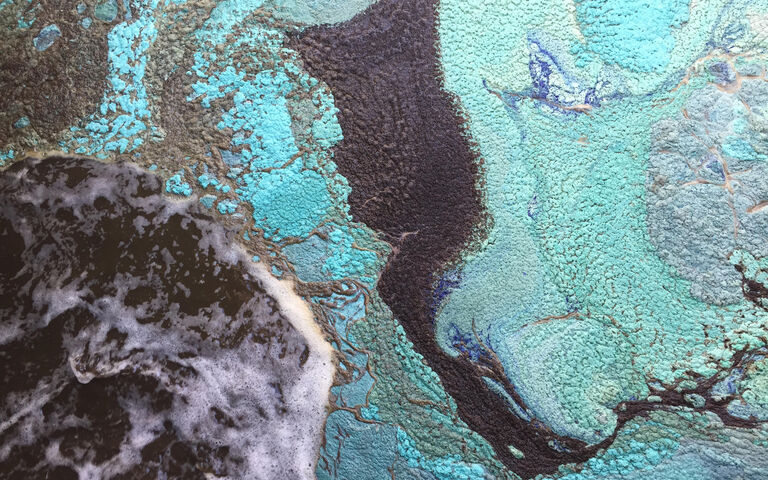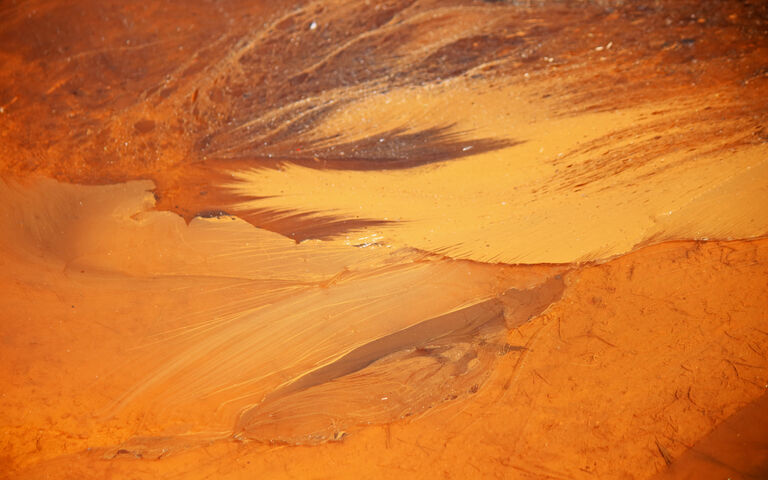
Sludge conditioning
An overview of sludge conditioning − chemical and thermal
Your web browser is out of date.
Update your browser for better security, speed and to get the best experience on this website.
Sludge thickening and dewatering processes normally require pre-treatment to assist the separation of the water from the solids. This pre-treatment is referred to as conditioning, which takes the form of either chemical dosing or thermal treatment.

An overview of sludge conditioning − chemical and thermal

Thickening and dewatering processes often need pre-treatment (conditioning) to help separate the water from the solids

The chemical pre-treatment of sludge helps remove water upstream of thickening and dewatering processes

Thermal processes are used to condition sludges upstream of anaerobic digestion as well as pre-treating sludge for dewatering
Video demonstrating the CAMBI THP and anaerobic digestion process to produce biogas.
Thermal conditioning can be employed upstream of both dewatering and anaerobic digestion to improve their effectiveness
Chemical conditioning by reagent dosing is designed to agglomerate smaller particles into larger ones to improve separation
Thickening processes concentrate the sludge by removing part of the free water, such that the product can still be pumped
Dewatering processes mechanically remove a significant proportion of the sludge water to produce a 15-45% cake product
In sludge drying the sludge moisture is removed as water vapour by heating, generating a pelleted or powdered product
Conditioning is the pretreatment of sludge upstream of thickening and dewatering to promote solid-liquid separation
Thickening processes concentrate the sludge by removing part of the free water, such that the product can still be pumped
Dewatering processes mechanically remove a significant proportion of the sludge water to produce a 15-45% cake product
In sludge drying the sludge moisture is removed as water vapour by heating, generating a pelleted or powdered product
Sludge stabilisation − alkaline stabilisation, lime and solids dosing, plus anaerobic and aerobic digestion
Thermochemical methods are used to either significantly reduce the sludge solids content or pre-treat sludge upstream of AD
Sludge is the main waste stream from the treatment of wastewater